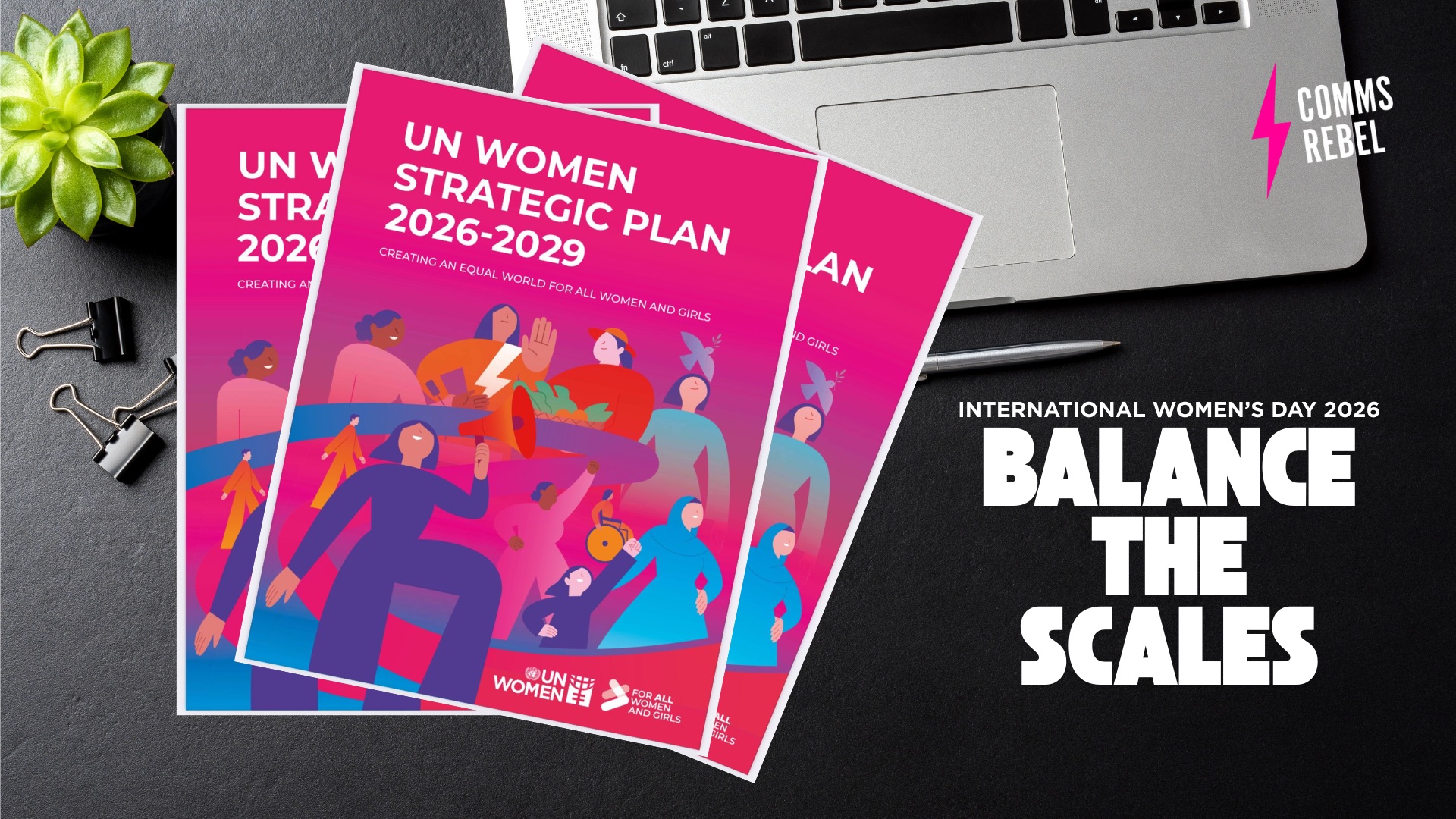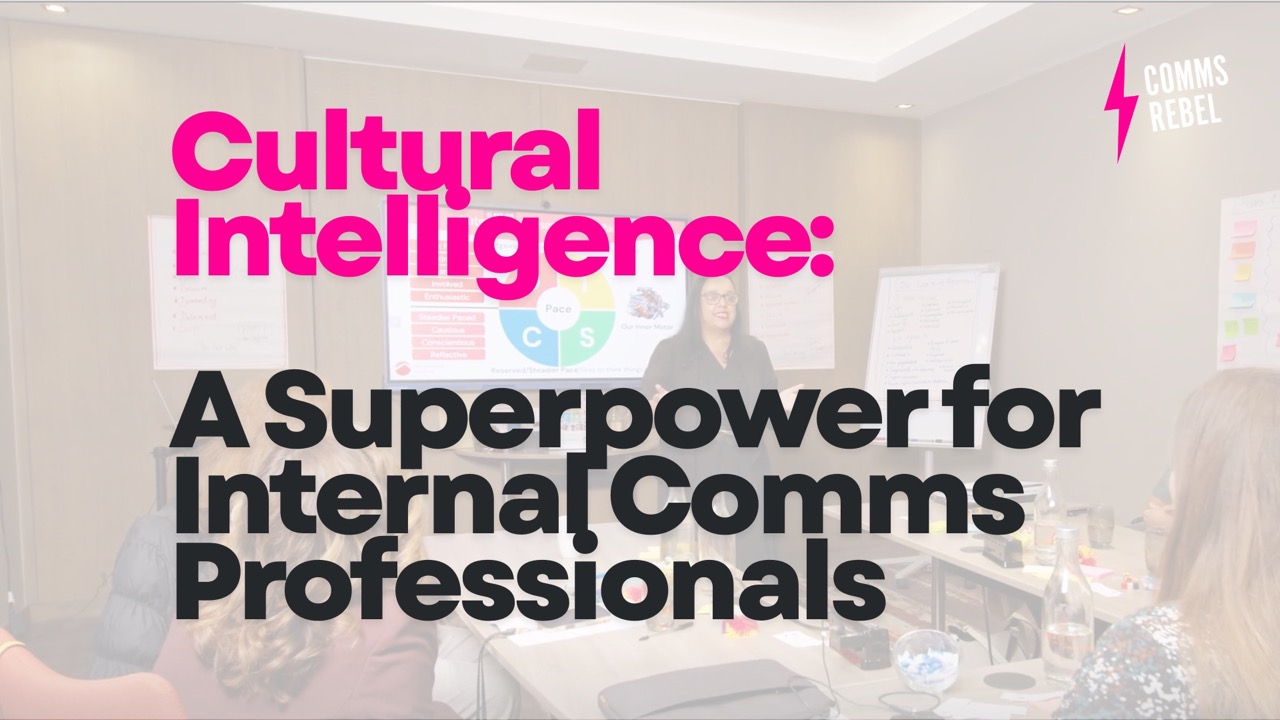A few weeks ago when I saw that Jackie Le Fevre was going to be holding some bitesize value sessions in my neck of the woods to say I was excited was the understatement of the year.
I’d been hearing lots of great things about Jackie from my comms friends who had completed their personal values profiling with Jackie via the Minessence Values Framework (highly recommend!). But now I was finally going to have the chance to listen to her first-hand and boy oh boy I was not left disappointed.
Values and what they actually really mean has always fascinated me. To be able to hear the theory behind the subject was really appealing and it would finally allow me to understand how, as a communicator, I can help support organisations in making sure they are embedded properly in the business and more importantly are meaningful.
We covered so much ground in the sessions I attended from satiable to insatiable values to dopamine and how to use power posing to give you an extra boost when you need it the most (check out Amy Cuddy’s TedTalk she’s amazing!). However, the one area I really wanted to write about was organisational values, as this is something that I’ve discussed with comms colleagues in various seminars, workshops and conferences I’ve attended – and there are always differing opinions on the subject (and quite a few passionate views!).
Before I attended these sessions I did a quick poll on my twitter feed to ask if people felt if values were necessary for a business to succeed, 44% said yes definitely, 36% said depends on what they are and 20% said No. I have always been an advocate of values in organisations, as long as they match the culture. Some believe that if the organisation gets its core business right then there is no need to have them – which I don’t think is wrong either but considering that we all have values, surely we should try to utilise this for the benefit of the business?
Only recently I read a fab blog by Rachel Miller where she interviewed Glenn Grayson from Missguided about their values (or vibes as they are called internally). Glenn’s approach was fantastic and it was obvious by the feedback he’d received on how much their colleagues related to the vibes. You may argue that Glenn works for a creative fashion brand and it’s very different from the corporate offices some of us work in. However, from attending Jackie’s session and from reading the process Glenn undertook it’s quite clear that it doesn’t matter what type of business you work in as long as the values are meaningful to your people.
At the start of the session Jackie spoke about the Iceberg effect which is derived from Glasser’s Choice Theory. This theory basically explains that human behaviour is based on internal motivation and without understanding this first you can’t really implement random values as these are what drive those behaviours. So those execs in organisations that come up with a set of values sat in a room on their own are really going to struggle to get them ingrained within their organisation, especially if they haven’t considered the views of their colleagues to find out their underpinning beliefs and what working in that organisation means to them.
So what can we do as Internal Communicators to support and ensure that values are embedded in the right way?
Thankfully I have a fabulous specialist to hand to help us out. Jackie has very kindly agreed to share her top five tips on how we can make values more meaningful in organisations so let me hand you over.
Thank you Advita! Values have been my ‘thing’ for nearly 14 years now and it is so exciting to see comms people actively seeking to explore the potential in their work so I hope these tips will help.
No 1 Start with reality
Every organisation has already some values which matter more to it than others. This is true irrespective of whether values have been deliberately stated or not. Many values initiatives fail because they centre on an idealistic wish list of things we imagine other will admire us for or that someone else thinks will track well with shareholders or investors.
Get your organisation to understand that its values exist and the work is to reveal them in all their glory not to create them from scratch. To embed something effectively it needs its roots in reality. One way to surface values which both already exist and inspire is to involve the workforce in sharing their best experiences and if you’d like an example this link takes you to the case study of Parrs Wood High School.
No 2 Make it meaningful
Each of us uses our unique personal framework of values to make sense of the world and our place in that world. We can do that because our experience of our values is an emotionally rich, energy laden sense which guides our choices in terms of ‘what a person like me does next…..’. When an organisation simply expresses its values as a list: integrity1, respect, quality, customer, teamwork are frequent examples; then we have no consistent shared sense of the values so we can’t collectively use them to evaluate options, inform decisions or nurture relationships. It we can’t use them then they can’t be embedded. Embedding values is about so much more than simply making sure that everyone has a copy and can recite them during annual performance reviews.
Invest time in exploring the meaning of the big ideas that lurk behind the word used to name the value because that’s what brings them to life.
No 3 Tell the story
Values are a sense making framework. So when you have news to share or a question to ask use the core values as a frame. Framing to helps people understand the message in the context of who the organisation thinks it is and therefore why this information or enquiry is worthy of attention and how it should be received.
For example a mental health client of mine was recently unsuccessful in a tender process. When we look at that fact in isolation we could be forgiven for interpreting it as bad news. My client, however, has as their highest priority core value “Relationships: we listen and ask questions to understand others to build trust; people matter to us both inside and outside our organisation”. The execs shared with the workforce that the feedback from commissioners was that their proposal had put “too much” emphasis on client centred processes compared to the winning tender which was perceived as more time efficient. The response of colleagues to “losing” was essentially one of relief: one person said “we just wouldn’t work that way”.
No 4 Be relentless
Every action, every decision, every connection is driven at an unconscious level by values. Bring your organisations core values up to in to the light as much as you can and encourage others to do the same.
If you produce an employee newsletter think about ways to gather and share peoples first hand experiences of the values in action. If you manage an intranet is there scope for a values dedicated element? A tech client of mine created a mini ‘You Tube’ equivalent where people were encouraged (with no editorial ‘control’) to upload films of up to 59 seconds recorded from their desktops about things that happened or that they had done related to the values. It took a little while to get going but pretty quickly people got very creative, one guy even brought in a couple of his daughters cuddly toys and made films using these two characters in quick fire conversation.
No 5 Be a champion
Start with yourself and your work. We know comms occupies a special and privileged space inside an organisation. Yes you can spread the word and shine a light but you can also stand up for the values and get others to think more deeply. So if an exec asks you to get a message out and you think “doing that doesn’t fit with our values” then challenge. Not a ‘pistols at dawn’ type challenge but a simple “so I can develop this the best way could you take a couple of minutes to explain how this fits with our values?” type challenge.
Be vigilant to things that may be received by your audiences as values violations. If something looks like a value has been dishonoured but it hasn’t really then explain. If a value has been dishonoured however, encourage execs to be honest about what went on, any consequences that followed and what we are going to do in future to be better. Covering up or looking the other way is not part of embedding values the right way.
Closing thoughts
I love working with values. We each have our own unique pattern of priority values which mark us out as a remarkable individual. All people have values and that provides some golden threads of connection and a new way of talking about what really matters most at a human level. At their simplest organisations are just groups of people coming together to do something bigger than self. In those groups shared core values can be a force for cohesion and coherence if they are real, meaningful and relentlessly championed.
“Words mean more than what is set down
on paper. It takes the human voice to
infuse them with shades of deeper
meaning” Maya Angelou
For more from Jackie on values and comms check out these two AllThingsIC guest blogs
http://www.allthingsic.com/are-the-words-on-the-wall-your-values/
http://www.allthingsic.com/world-values-day2017/
A quick word about “Integrity” – you may be interested to know that this ‘value’ appears in the list for many companies including Enron, Barclays, G4S….


